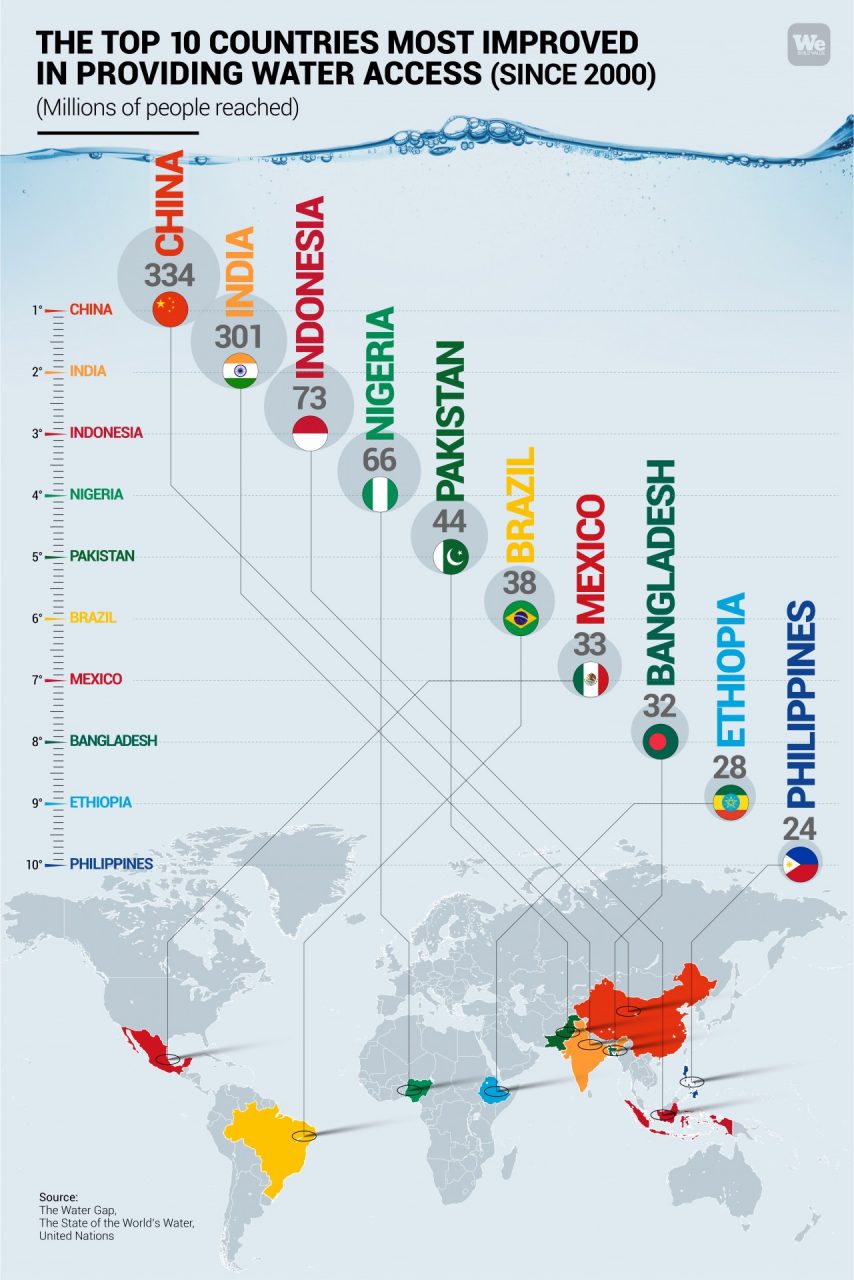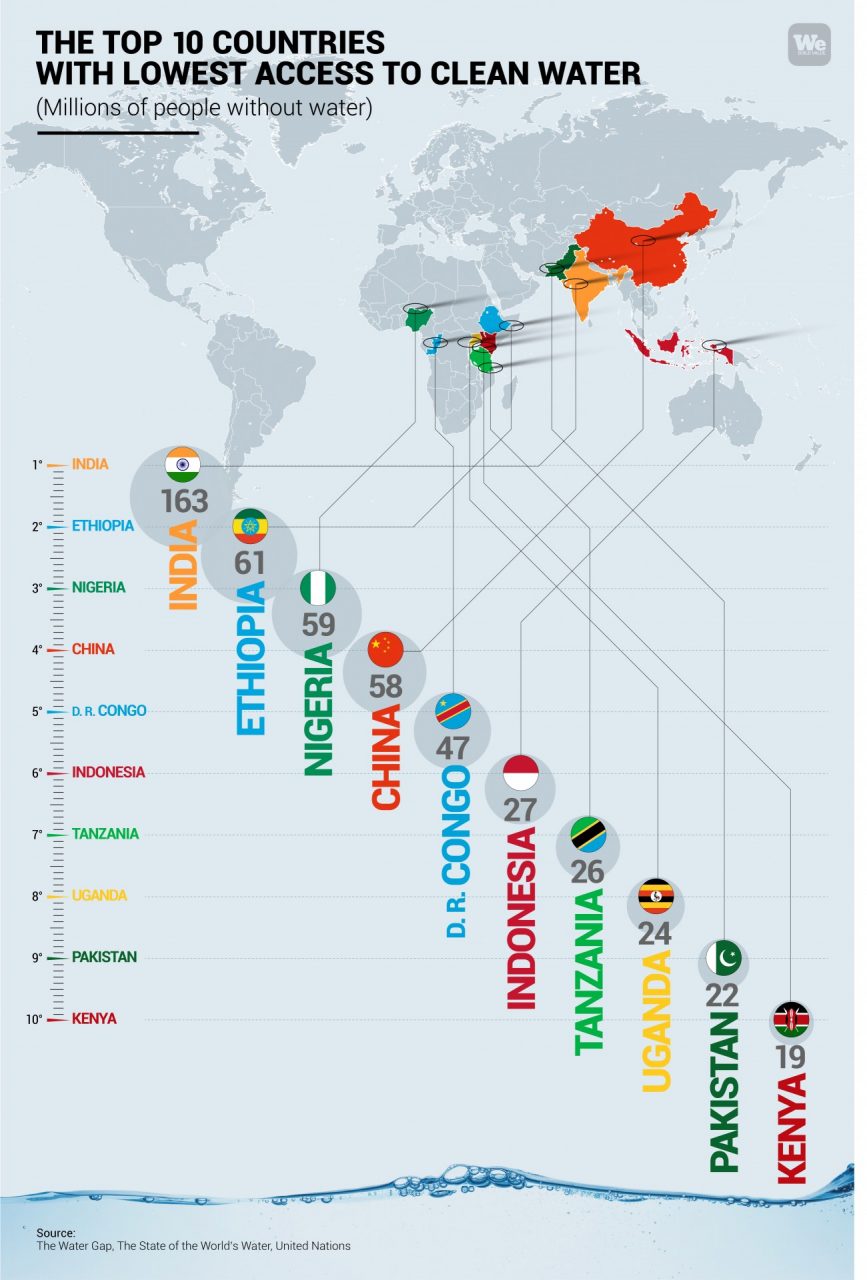As the UN’s World Water Day approaches on March 22, people all over the world are wondering about the future of water resources.
The many uses of this life-giving resource—water for drinking, water for waste cycle management, water for sanitation, water used to produce energy, and so forth—increasingly call for a shared commitment. Most urgently, there is a need for modern infrastructures that will help with waste reduction, efficient resource management, effective service for all communities, and energy production with minimal environmental pollution.
The latest United Nations World Report on water resource development underscores this. Based on OECD data, $6.7 trillion need to be invested in the water sector by 2030 and $22.6 trillion by 2050.
Strategic investments will be key for meeting the increased demand for drinking water (an outgrowth of urbanization around the world), for improving wastewater management (particularly in cities), for mitigating flood risk, and for ensuring steady water supply in case of droughts. According to United Nations calculations, about 4 billion people today live with severe water scarcity for at least one month of the year.
To overcome this, we can begin by taking a hard look at the state of affairs around the planet, as reported for World Water Day 2021.




